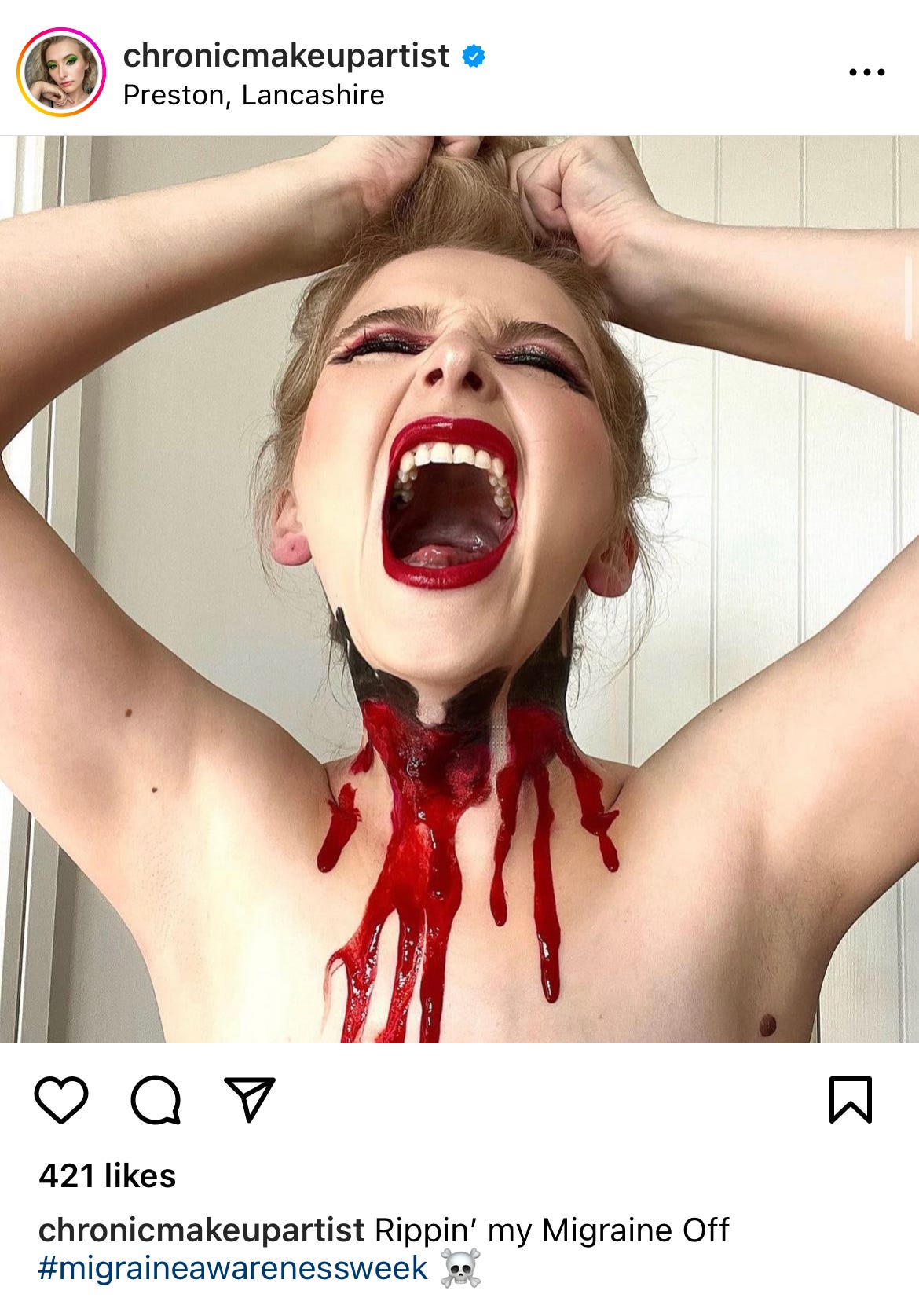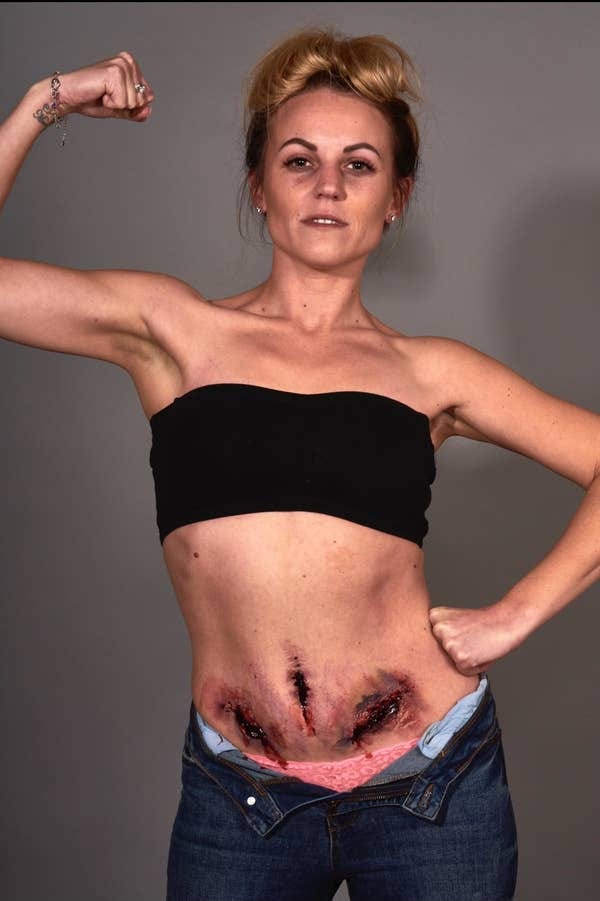Disturb the Comfortable (#80)
"...the freedom to create, freedom to be successful, freedom to not be successful, freedom to be who you are..." The third in the Spooky Science series
First, a warm welcome to all the new readers around the campfire. Thank you for subscribing! We’re in the middle of the annual Spooky Science series, where we explore science, art and its’ intersection through Hallowe’en-adjacent topics.
Since many are new here, below is where we’ve travelled in the past to explore Spooky Science:
2023 Spooky Science
Electroconvulsive therapy: Its’ origins and use in popular media
In every witch’s cauldron: The healing properties of chicken noodle soup
2022 Spooky Science
Warning following the photo cut below: Today’s thoughts are accompanied by some art that is more graphic (blood/wounds) than usual.
I think a lot about the duality of this quote.
It’s attributed to Cesar A. Cruz1 and reflects how art has the power to meet us where we are2, be it in a good spot or bad. I would take this a step further, though, and contend that one of these sides - to disturb or to comfort - has more power.
To Comfort the Disturbed
I do take in peace and pleasure from art. Until this quote, though, I had never reflected how that peace may be attenuated by how unsettled I am at the time of viewing the art, be it displayed in galleries, other ‘stacks dedicated to showcasing art (e.g.,
), or even in my own home. It makes me wonder: Am I more primed to absorb the message of a painting, sculpture, or installation when I’m a little off kilter? A little rawer? I’m curious to observe and self-reflect on my emotional and mental state the next time I’m taking in art.To Disturb the Comfortable
That said, we don’t talk enough - or at all - about the (hidden?) power of art to upset our roots and shake us from complacency.3

For example, when it comes to SciArt, I love seeing examples that subvert negative lived experiences with bright colours, cheerful patterns and textures; examples that present aesthetically beautiful celebrations of triumph over hurt, loss, disability. (See, for a favourite example,
’ delicate yet detailed embroidery work that richly communicates living with ME/CFS. See also Megan Fisher’s Instagram for colourful examples, such as face painting daisies and donuts around a feeding tube.)These are powerful in their own right; they take the power back from a disease or the circumstance and gain control of how to view and communicate it to the person.
But what about the other power - in sharing and making space for equally valid emotions of shock, horror, and anguish? In disturbing our comfort? On this point, Ari Koinuma notes:
To be all discomfort is to be distressed, obviously no one wants to live such a life. But to be all comfort is being complacent, delusional or in denial. Actually the latter may be at the bottom of the façade of all comfort, and such a person will be disturbed when coming to contact with art, because art is an expression of inner truth.
I should first note here that someone in denial, or who is delusional, may not be in the head space to register own comfort, and therefore, any discomfort.
But unsettling the complacent? To rattle our cages with art that shares the bodily or mental violence one lives every day? To shake people loose from previously held expectations and notions (such as what we are supposed to talk about and how we are supposed to look and feel)? To give space to those who have been marginalized, or asked to hide their real experiences, for our collective comfort?
That’s power, and I would argue, art’s strongest.

Further, it’s not just the act of seeing something that is not traditionally, aesthetically pleasing that disturbs our comfortable seats. It’s that we can be disturbed by our own reactions to it; “I thought I was more understanding and compassionate...”. (Or, in the case above, self-compassion; I live with psoriasis, knew exactly what this vase depicted before I read the caption, and it still upset me. Then I was upset with myself that I was upset!)
We expect art to be pretty, so it is a true punk act to buck against that trend. Expressing the experience of such a personal violation as an illness through art is an act of punk defiance made refined.

Sometimes, you can’t paint over the pain, but it’s important to speak to that and for others to listen.
It’s freedom to be who you are.
It’s power.
Although, by Dr. Cruz’s own website, it may have origins with Martin Luther King.
Koinuma A. (2017, March). Art Should Comfort the Disturbed and Disturb the Comfortable.
It’s related to another saying I like about creating change by “sitting together in the fire”: to collectively work through discomfort together to achieve success.





I love the question about who art should comfort/discomfort. It's a great provocation. And certainly, if it can "unsettle the complacent" - which is most of us at some point - then I think that's a good function of art.